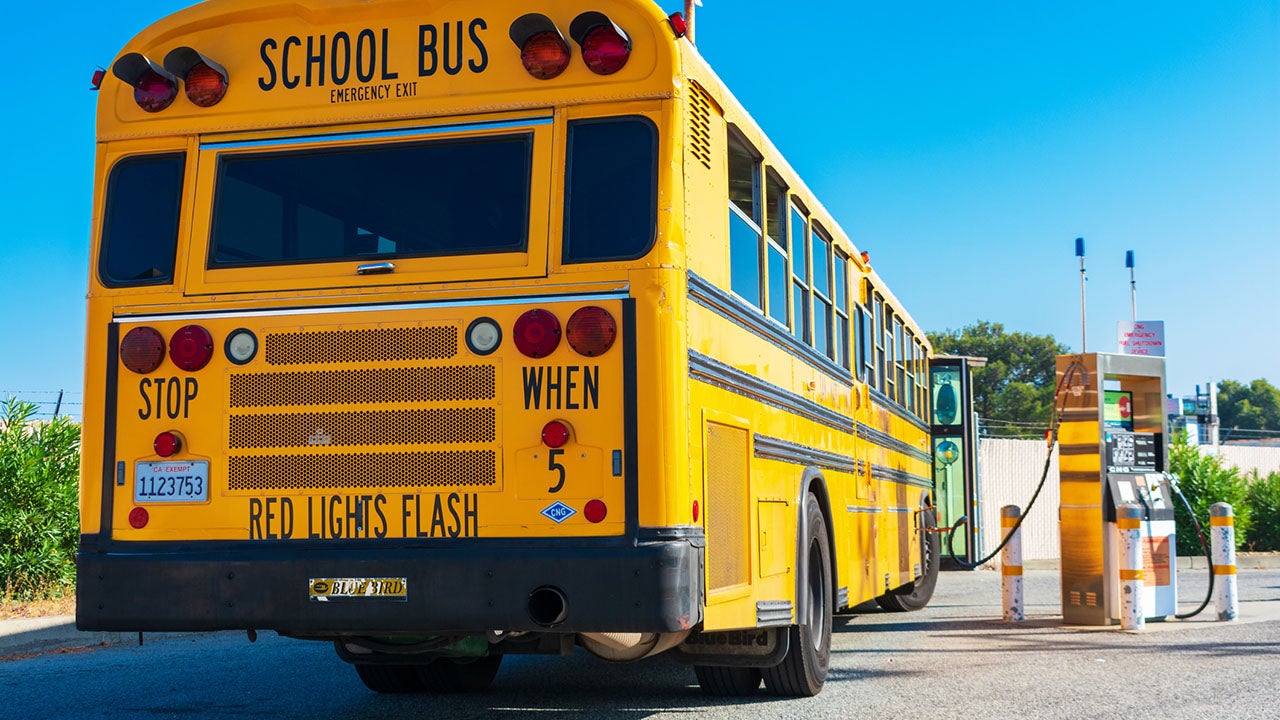Education has been identified as a critical tipping point to help decarbonize our society by 2050, but our education sector remains an under-utilized climate solution. Our nearly 100,000 schools are among the largest consumers of energy in the public sector, operate the largest mass-transit fleet with 480,000 school buses, sit on 2 million acres of land, and serve over 7 billion meals each year—all of which contributes to our country’s carbon emissions.
Students, families, and schools across the country are already facing climate-related disruptions that impact student learning, health, and wellbeing. These are projected to increase over time. In reducing their carbon footprints and building resilience, schools can create firsthand opportunities for students to learn about climate change and solutions.
K12 Climate Action, a bipartisan commission co-chaired by former Education Secretary John B. King and former EPA Administrator Governor Christine Todd Whitman, recently released an action plan with recommendations to support the education sector in advancing climate action, solutions, and environmental justice.
We envision a future where America’s schools are models for climate action, solutions, and sustainability. One in which the 50 million children and youth in these schools are prepared to succeed in the clean economy and lead a more sustainable, resilient, and equitable society.
For this vision to become reality, we need to build partnerships across schools, communities, policymakers, and philanthropy. Learn more from K12 Climate Action Commissioners about how you can take climate action in your particular role:
If you are a policymaker…
Policymakers can create guidelines and provide resources that empower the education sector to take action. Those at the local level can push their school districts to develop climate action plans. At the federal and state level, policymakers can support school districts through funding and resources to support schools looking to invest in sustainable infrastructure and to support educators who want to access professional development. Importantly, all policymakers can lead by recognizing the role that education can play in advancing climate solutions.
If you are a school leader…
School leaders can prioritize climate action in their schools. They can learn about opportunities to work collaboratively with students, educators, and parents in their communities. School leaders can also make decisions that support educators in teaching and learning about climate solutions and support building healthy, sustainable schools.
If you are an educator…
Educators can engage students in learning about climate change, solutions, and sustainability. They can help students make sense of the climate impacts they are witnessing, empower students to lead a sustainable future, and prepare them for success in the clean economy.
If you are a student…
Students can advocate for change in their school districts. They can talk to their teachers, principals, and school board members about the climate action they want to see in their schools.
If you are a parent or caregiver…
Parents and guardians can normalize conversations and urge their schools to take action on climate change. They can also advocate for change in their schools, working with other caretakers, educators, and school leaders to help their school district move a climate agenda forward.
This piece is part of In Focus: Rising to the Climate Challenge, a multimedia informational campaign that draws on the expertise of Institute programs. We look at four main facets of the climate change issue—labor and the economy, youth and education, public health and safety, and communities. To get campaign updates and other news from the Aspen Institute in your inbox, sign up for our newsletter.


